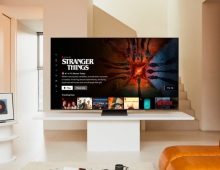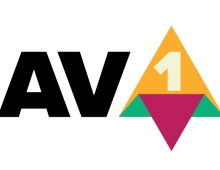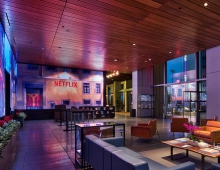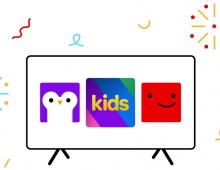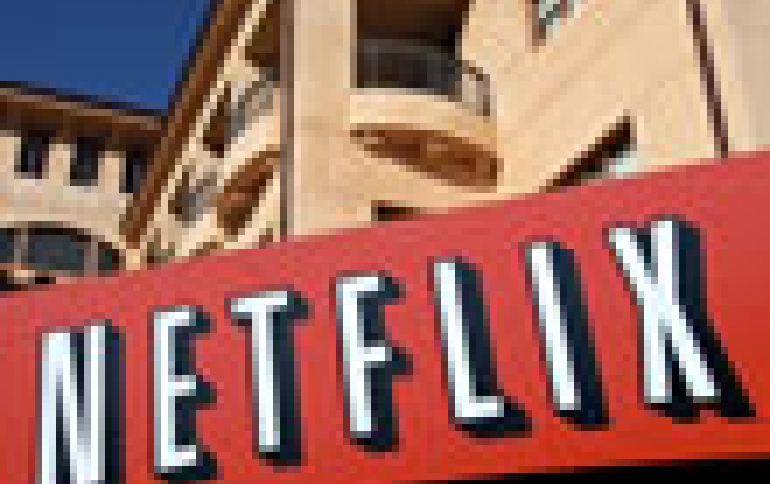
Netflix Tests 4K Video Streaming
TV and film streaming service Netflix has started testing "ultra high definition" video, but broadband speeds seems to not be fast enough to cope with ultra high definition streaming.
Also known as 4K the technology offers four times the amount of detail as 1080p high-definition content.
Netflix said it plans to offer the first titles in 4K to customers next year.
In January, Netflix launched what it called "Super HD," first to ISP partners which used its dedicated network, Netflix Open Connect, followed by any ISP which could support it. Super HD applies less compression to the 1080p image. Super HD requires bandwidth between 5 Mbps and 7 Mbps. But the bandwidth requirements for 4K content are much higher.
4K Ultra High Definition TV (UHDTV) format - also known as Quad HD or UHD-1 is derived from Digital Cinema's 4K (4096x2160 pixel) format, but for TV the pixel count is reduced to 3840x2160, this being exactly four times that of HDTV - hence 'Quad HD.'
4K content is progressively scanned. 3840x2160 resolution progressively scanned at 60 frames per second (60fps) generates a native data rate of 12 gigabits a second (12Gbps), 8 times the 1.5Gbps required for 1080i/60.
But here comes a new video compression standard and successor to H.264/AVC - HEVC (High Efficiency Video Coding), also known as H.265. This can reduce data rates by a further 30-50% which, when combined with the increased efficiency achieved when coding higher resolutions and progressive rather than interlaced pictures, means data rates after compression do not rise by the same amount as their native equivalent. It has been suggested that an 8x increase in native data rate could be as low as 2x after compression. But still, 50/60p may not be sufficient for football and other fast-action content, and a 100/120p may be more appropriate.
With all these in mind, the minimum broadband speed for 4K TV service would be not less than 100Mbps.
Netflix said it plans to offer the first titles in 4K to customers next year.
In January, Netflix launched what it called "Super HD," first to ISP partners which used its dedicated network, Netflix Open Connect, followed by any ISP which could support it. Super HD applies less compression to the 1080p image. Super HD requires bandwidth between 5 Mbps and 7 Mbps. But the bandwidth requirements for 4K content are much higher.
4K Ultra High Definition TV (UHDTV) format - also known as Quad HD or UHD-1 is derived from Digital Cinema's 4K (4096x2160 pixel) format, but for TV the pixel count is reduced to 3840x2160, this being exactly four times that of HDTV - hence 'Quad HD.'
4K content is progressively scanned. 3840x2160 resolution progressively scanned at 60 frames per second (60fps) generates a native data rate of 12 gigabits a second (12Gbps), 8 times the 1.5Gbps required for 1080i/60.
But here comes a new video compression standard and successor to H.264/AVC - HEVC (High Efficiency Video Coding), also known as H.265. This can reduce data rates by a further 30-50% which, when combined with the increased efficiency achieved when coding higher resolutions and progressive rather than interlaced pictures, means data rates after compression do not rise by the same amount as their native equivalent. It has been suggested that an 8x increase in native data rate could be as low as 2x after compression. But still, 50/60p may not be sufficient for football and other fast-action content, and a 100/120p may be more appropriate.
With all these in mind, the minimum broadband speed for 4K TV service would be not less than 100Mbps.

